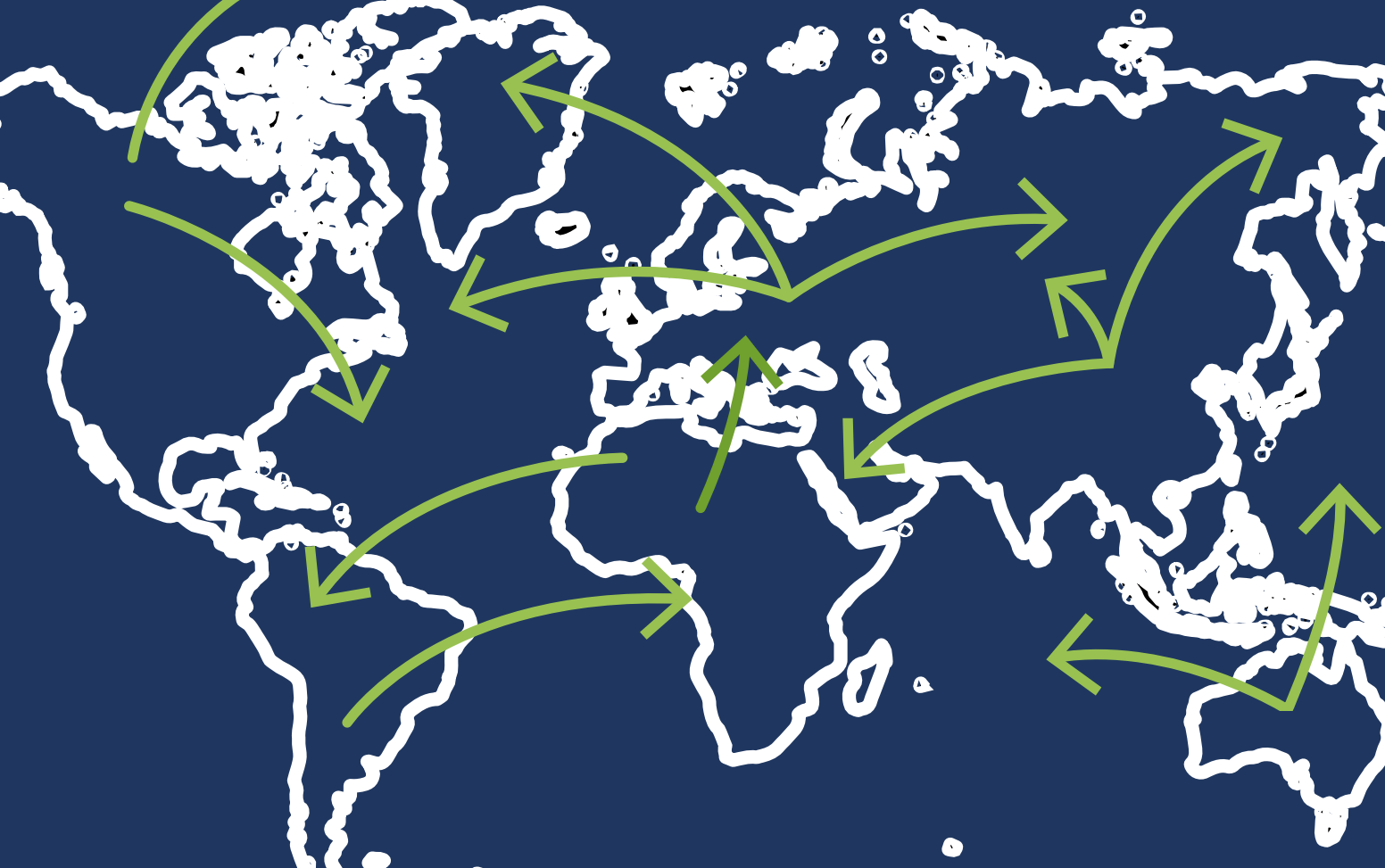In June, a team of experts in modeling and sustainable development policy making (including IFPRI’s David Laborde) convened for five days in Montreux, Switzerland, to co-author what became Modelling for Sustainable Development: New Decisions for a New Age, a new book published by the International Institute for Sustainable Development (IISD). The key to understanding why we did so lies in the book’s subtitle: Articulating how to go beyond short-term financial models towards a more holistic, longer-term understanding of the costs and benefits of proposed projects and policies. (A webinar exploring the book takes place Oct. 21 at 9 a.m. EDT.)
Traditionally, economic modeling has been one-dimensional. It has focused on determining a project’s costs and whether it will yield a sufficient profit for the private sector actor making the investment to go forward. Examples of such projects include mines, factories, wind farms, and coal plants. A second type of modeling has been policy-related: What are the costs of a policy option to achieve a certain outcome, such as ensuring health care services are available or addressing food insecurity and hunger?
The traditional approach has been to ask two questions: What is the financial cost and what is the specific benefit? What these models have lacked is a more complete analysis that incorporates other forms of economic development and environmental and social considerations. In a holistic model, these considerations are a core part of answering the issue of costs and benefits fully through a common language.
To start this process, the co-authors looked to the Sustainable Development Goals (SDGs) to understand what sustainable development encompasses, rather than seeking to come up with a standardized definition for modeling purposes. It is important to note that the SDGs set out multiple positive goals to be achieved by new projects and policies, from climate change mitigation to economic development, reduced inequality across various dimensions, gender equity, the prevention of biodiversity losses, and so on.
The result provides an approach for integrating the SDGs into a single modeling process (but not necessarily just one model), thus allowing for a comprehensive assessment of a project’s pluses and minuses, including the economic and social implications and externalities for multiple stakeholders. This helps decision-makers to maximize the benefits and minimize the negative impacts.
At the same time, the co-authors recognized that not every policy or project would relate to all SDGs, and that a single model would be overwhelmed if each SDG and its indicators had to be reflected in the inputs and results. To address this issue, the book highlights the importance of process in modeling, of bringing together a range of stakeholders that may be closely impacted by a possible project or who are experts in relevant policy areas and can thus identify which SDG elements should be considered. Process, we concluded, matters greatly to ensure the right factors are included and analyzed correctly, and to support the legitimacy of the result and of the related decision-making.
What makes modeling for sustainable development so compelling is the scope of factors that can be brought to bear for the decision-makers, and the lessons they can provide. For example, in a model tested by IISD in the Netherlands, it was found that building offshore wind facilities would, over the project’s lifecycle, be cheaper than a coal-fired electricity plant. This reversed the traditional model, which factored in only direct costs of construction and operation, missing out on the costs of climate change impacts and health care needs resulting from environmental harm.
An example of a public policy application can be found in the ongoing work of Ceres2030, a joint project between IISD and IFPRI. One of its core components is a model devoted to assessing the cost of ending hunger, as described under SDG target 2.1, while doing so in a way that doubles agricultural productivity and avoids environmental harm, as outlined in SDG targets 2.3 and 2.4, respectively.
Modeling for sustainable development has its challenges. The book notes many of these: The difficulty of comparing economic to non-economic inputs; the varying degrees of uncertainty over time and space when making inputs; the need to understand how different types of modeling techniques apply to different issues, and others. These types of challenges require stakeholder engagement as an important part of the modeling process. Uncertainty, for example, is inevitable, but how much is acceptable while still maintaining the legitimacy of the model and its results? Transparency and engagement are thus critical in how the inputs are selected, weighed and analyzed in the process.
Holistic modeling can also lead to a never-ending input process. The judgment of the modellers and stakeholders is needed to ensure this does not occur, ensuring a timely process that is relevant to the questions that decision-makers are asking.
Modelling for Sustainable Development seeks to launch a rethink of how modeling is done for projects and policies today. Given the growing importance of models in decision-making, they must be up to the challenges presented by the SDGs. One area identified for increased study is how to choose the right model, and how (or whether) to integrate different types of models to address the three pillars of sustainable development. The development of technically robust modeling standards is part of this process, and is showing early results while setting an agenda for future work.
Other challenges include providing the necessary resources so the modeling processes can be holistic; educating decision-makers on the importance of inclusive models; building capacity within institutions and bureaucracies; and bringing development banks and other institutions on board. Civil society organizations like those involved with Modelling for Sustainable Development have already begun doing so, but more is needed. Funders must be brought on board and academics need to be harnessed for research and for training new modellers to apply expanded approaches. All of this is doable. And essential.
Howard Mann is IISD Senior International Law Advisor.







